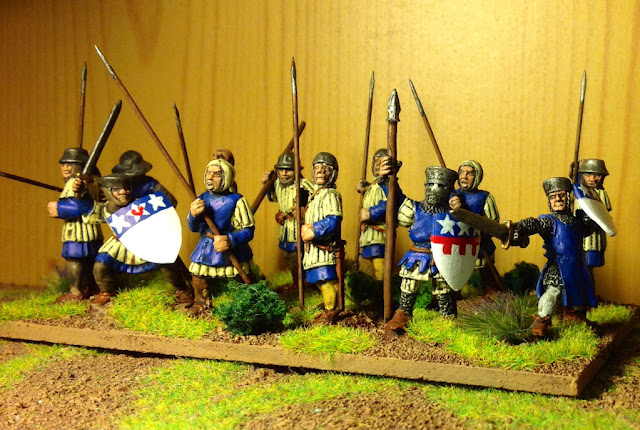Quarta IIII Italica only has one real references to its existence and a number of vague references;
The raising of novae Italicae suae ( a new Italica legion, next in line would be IIII Italica) raised by Serverus Alexander in Transpadana (Cisalpine Gaul) sometime between 222 to 230, presumably for the Campaign in Sassanid Persia and returning for the Alamannic invasion of Gaul.
During this period Gaius Lulius Verus Maximinus (commonly known as Maximinus Thrax as he was likely born in Thrace) was appointed a tribune in the IV Italica. The next reference is when Maximinus made his bid for the purple he referred to the Italica legion as his legion, and finally at Aquileia shortly before the death of Maximinus and his sons. The only certain reference is in the Notitia Dignitatum, when it appears as a pseudocomitatensis unit under the command of the Magister Militum per Orientem .
I have used Crusader miniatures for the Quarta Italica, like most of my pseudocomitatensis units they are unarmoured. My Roman army is almost complete two more units to go and I am done!












